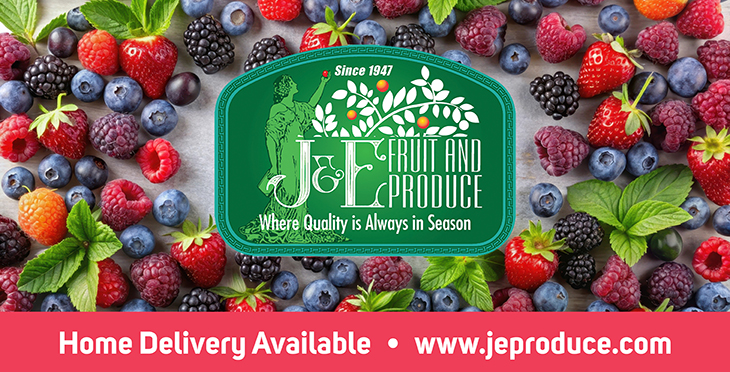Sassy Richardson rolls her eyes as she looks around the shed-shop at The Farm, searching in vain for the picking and trimming snips she wants to nominate as her favorite garden tool.
“I’m not going to find a pair because they’re all out there,” she says, pointing to the rows of potted plants outside.
It’s a hot day of the kind that can make people and plants droop, but the flowers arrayed around her don’t look at all tired. Well, except maybe the astilbe. Its plumes are mostly faded and dry. “We’re about to cut these back,” says Richardson, who owns the nursery in Orleans with her brother Sean, in the same place on Rock Harbor Road where their parents started the business in 1992.
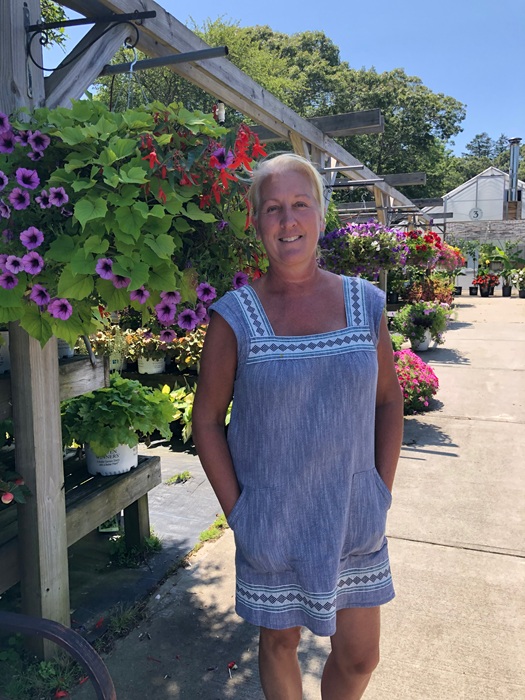
She finally finds a pair of snips, shows them off briefly, and then heads out for a loop around the potted plants on display in the open center of the 10-acre farm, narrating all the while her reasons for choosing these particular nippers as her go-to — at least for right now.
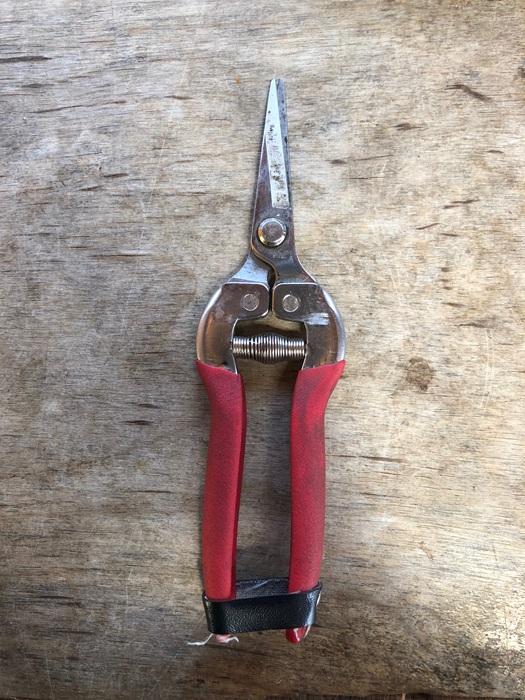
“At this point in the summer, you should take a good look at your garden and appreciate your work,” she says. Like most gardeners, though, Richardson’s assessment and enjoyment of the summer colors surrounding her isn’t exactly contemplative. Carrying the snips with her as she makes the rounds, she sets in on stray scraggliness, pointing out new buds that will soon mean a second flush of flowers.
“What makes these nippers so perfect right now is that they’re small — they fit your hand just so,” she says. “When you use them, you come in close to the plant, so you don’t get too aggressive and overcut things.”
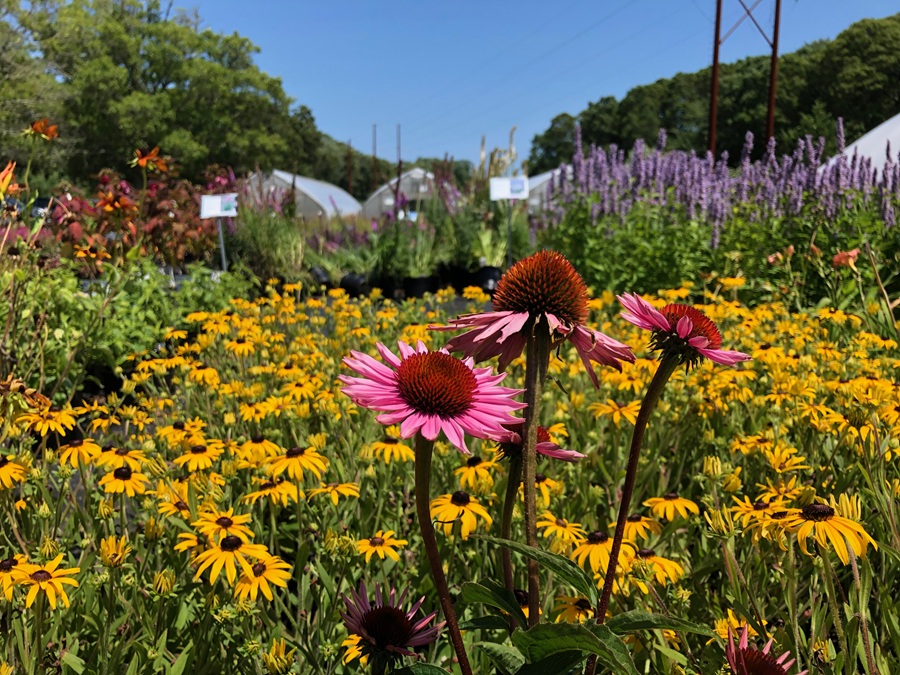
There’s such a thing as too much tidying up. Leaving some spent flowers to offer seeds for birds is a good idea, she says. But so is encouraging new blossoms for bees and later rounds of seeds.
Walking into a sea of foxgloves, Richardson holds up a flower stalk to show how she’s used the snips selectively on each plant. Her approach with these is to leave some of the spent blooms to become seed pods, which can mean new plants popping up next year. She takes some of the stalks down, though, and gets a few new blooms that way.
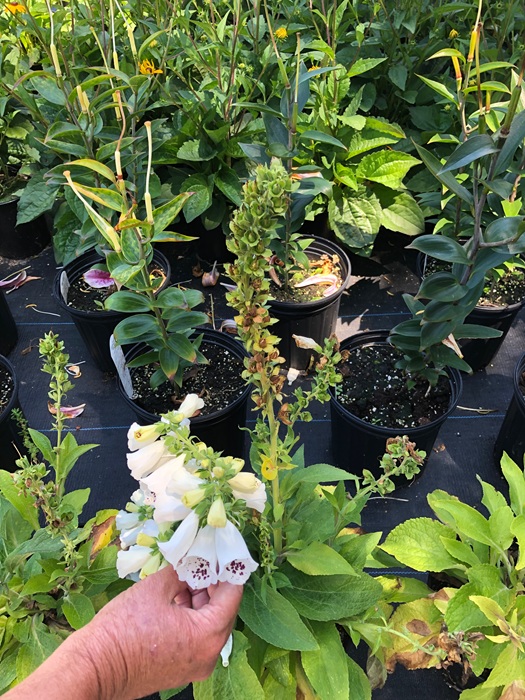
It’s easy to learn from what you see as you look around at The Farm. That’s because the nursery is not “buying out of zone,” Richardson says. They grow much of what they sell in their own greenhouses and fields, which keeps things more in sync with our own local back yards. Right now, “black-eyed Susans, Russian sage, salvia, lupines, all of these perennials will respond to a little deadheading and give you more flowers.”

A butterfly bush is sending up new buds. This is a deer-resistant favorite in Cape Cod gardens, but it tends to get leggy. This one Richardson has cut down judiciously — just enough to encourage a fuller shape — and behind the cut branches the plant is about to send up more flowers.
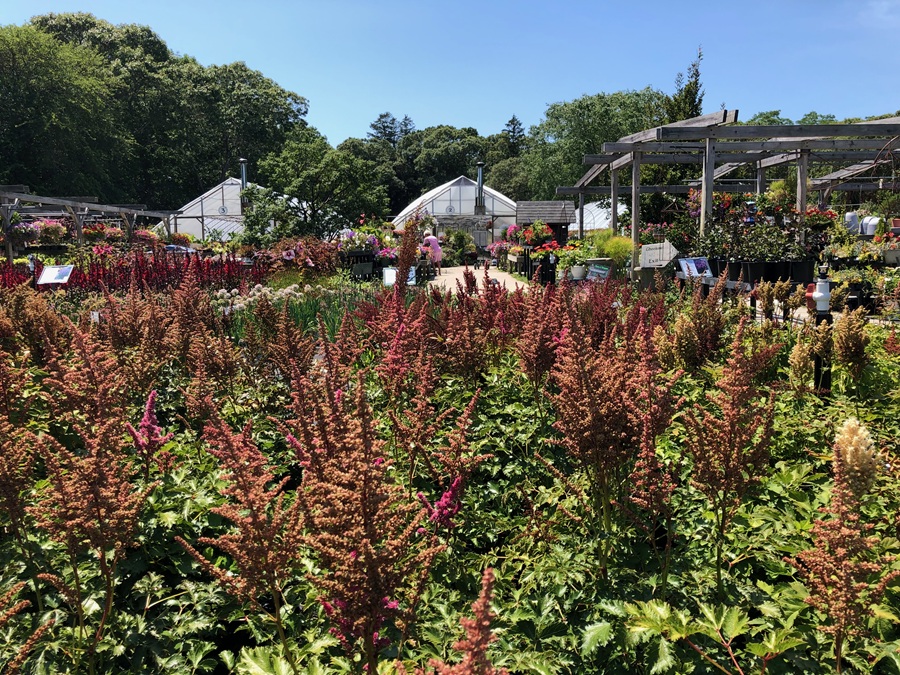
Pots of nepeta, purple-blooming catmint, are lined up on the ground showing neat mounds of new gray-green leaves like the ones the plant shows in spring. “These did get a deeper shearing a few weeks ago,” she says. But that’s because they’re in pots and being babied along with daily waterings. In your own garden, she says, you’ll mostly go a little easier. Most of the varieties of lavender also got a shearing and are sturdier for it by now.
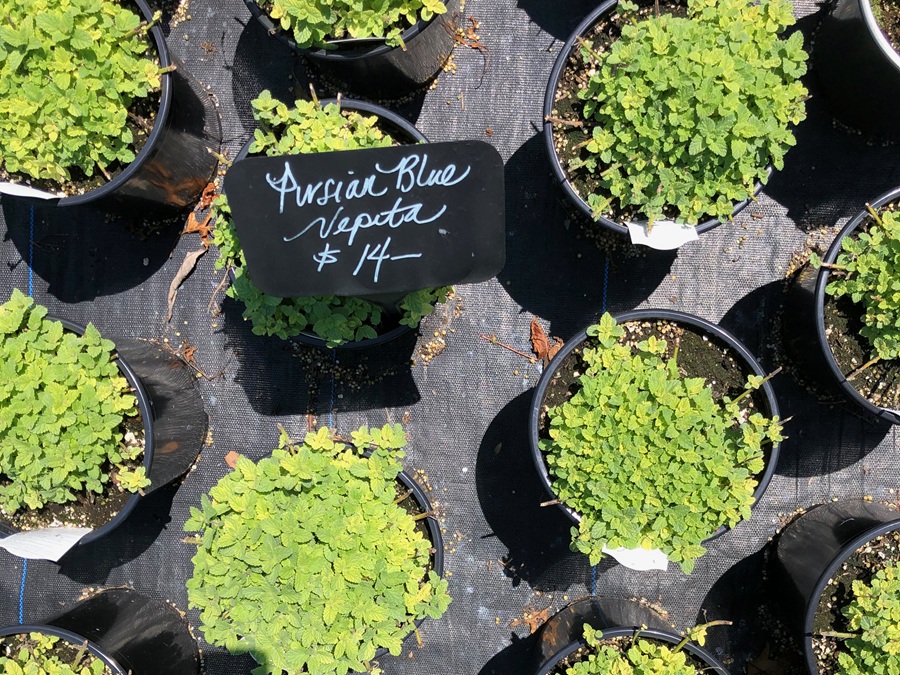
By the way, it’s fine to go ahead and fill holes in your garden at this time of year, Richardson says. Planting in high summer works as long as you keep new additions watered. That’s good, because looking out over the bright colors and new buds, an amateur gardener can’t help but want a few things for herself.
